When you think of Roman ruins,what’s the first thing you think of? The Colosseum? The famous Roman Forum? Pompei? Sure, but what if I told you that somewhere nestled in a tiny town in Central Portugal lies the best preserved Roman city in the whole country.
The Conímbriga ruins are an excellent example of what life was like during the Roman Empire in and this week, we’re going to show you why these Roman ruins in Portugal need to be on your road trip itinerary!

This post may contain affiliate links. If you choose to make a purchase from a site we’ve linked to, we make a small commision at no extra cost to you. Thank you for your support. Get more info on our Privacy Policy
Where are the Roman Ruins in Portugal?
The Conímbriga ruins, now that you know about them, actually aren’t too hard to find. They’re surprisingly just a short 20 minute drive south of Coimbra in the down of Condeixa-a-Nova and make a great option for a day trip from Porto however, there’s no public transport running to them so you’ll need to either rent a car from Coimbra, book a taxi which could cost around €50 based on similar trips we’ve done in them, or book a guided tour
How much is it to visit Conímbriga Ruins?
Like a lot of lesser known Roman ruins in Portugal (or any lesser known attraction) the entrance fee to the Conímbriga Ruins is so cheap! Here are the prices as of June ‘23:
Standard Ticket – €4.50
>65 years old – €2.25
Students / Youth Card – €2.25
Children up to 12 years old – free
EU unemployed – free
Visitors with reduced mobility > 60% (including 1 companion) – free of charge
Sundays and Holidays until 14:00 (for residents of Portugal) – free
So as you can see, a day trip to visit Conímbriga Ruins might just be one of the cheapest things to do in Portugal!
Why Are There Roman Ruins in Portugal?
If you’re into your history, it’ll come as no surprise that there are so many well preserved Roman Sites in Portugal. I mean, the Roman Empire seemingly spread everywhere in Europe so it would be rather weird to not see evidence of this in Portugal.
However, the truth is that Conímbriga was inhabited and thriving long before the Romans started arriving in the 1st and 2nd Century AD and at its peak Conímbriga had around 10,000 inhabitants, it wasn’t a sleepy village by any means!
Around the 5th Century AD, despite the newly built city walls, the town was invaded by German Sueve Tribes and Conímbriga was abandoned as the residents fled to what is now Coimbra. The Sueve Tribes, after wiping out any remaining residents or taking them as slaves, set about raising the city to the ground and burying the remains in brambles and dust.
For the next few thousand years the city sat forgotten about, and while many places would fall into unrecognisable ruble, Conímbriga sat waiting to be rediscovered. Little did they know back then that it would go on to be one of the best Roman archaeological sites in Portugal.
The Floor Mosaics of Conímbriga Roman ruins
One of the most mind blowing things about the Conímbriga Roman ruins, for me at least, are the almost pristine floor mosaics of various houses around the city. How these survived for thousands of years without completely fading to nothing, I’ll never know but I’ll always admire it!
From what we read on the signs, these mosaics indicated different levels of homes. The wealthy had the most delicate designs and once we crossed to the opposite side of the city, we saw the poorer housing seemingly had very few decorative embellishments.
Each house is named to help you navigate the site easier but perhaps the most ‘controversial’ is the house of the Swastika. What’s really important to remember is that before Hitler claimed it, it was a symbol of good luck and peace in many cultures; including the Romans! So seeing the Swastika at the Conímbriga Roman ruins isn’t a bad thing. Don’t let recent history taint the ancient.
Along with the house of the Swastika is the House of Skeletons, appropriately named because after the invasion the area was used as a mediaeval cemetery.

Roman Thermal Baths
Would it be a Roman city, without some ancient Roman thermal baths? As you wander around the Conímbriga ruins, you’ll pass several thermal baths and see how well planned they were. With male and female chambers, grand entrances and communal meeting areas, remember, these Roman ruins in Portugal are over 2000 years old! Even with their age, it makes it so easy to visualise how the town was used and navigated by the people who lived here all those years ago!

Overlooking the Roman baths at Conimbriga Ruins
The Forum
After seeing all the ruins that came before, this was the most underwhelming section for us, purely because not much of the original building is left. It’s undergoing restoration work to bring the space to life, but when you see the drawing of how it used to look it’s still an incredible building with some amazing views out over the valley (which is said to contain more secrets from the city that have yet to be discovered!)
Surrounding the forum are shop ruins, homes and a huge esplanade so you can really imagine it being the heart of the city.
The Amphitheatre
Much like the thermal pools, would it be a Roman ruin if it didn’t have an Amphitheatre?
Even though it’s hard to tell how the original one used to look, the addition of a wooden stage and some benches helps build the picture for you.

The Roman Amphetheater at Conimbriga Ruins
The City Wall
Built to protect Conímbriga from the previously mentioned siege, the city wall is towering and unavoidable but it’s not until you reach the end and walk through the old city gateway that you’ll really appreciate its power.
Our phone photos really don’t do it justice.

The original city wall surrounding the Roman Ruins in Portugal
House Of Fountains
This is the crowning jewel for the Conímbriga ruins due to having the largest, most well preserved sets of mosaics and wall art in the whole city. Covered by a modern structure, the house of fountains is the only shade in the whole archaeological site so really take your time around here and make the most of it!
The details in these mosaics are astounding. The feature faces, symbols, mythical creatures, and we even spotted one of what seems to be an ancient podengo dog! Can you see it?


If you have some spare change on you, pop a coin in the machine and the house of fountains springs to life with over 500 original water features.
Some of the best mosaics on show at the Roman Ruins in Portugal

Conímbriga Ruins Museum
As we wandered around the Conímbriga ruins, we questioned where all the stuff was. If mosaics survived all this time, surely some relics did too?
Well, they did and some of them can be seen in the Conímbriga museum just across from the ticket office. It’s not a big museum (not going to lie, I was hoping they had some of the bodies from the area on display – they don’t) but it’s still really interesting. Especially the jewellery. So many rings, bracelets and necklaces were found around here which shows us how proud the Romans of the time were about their appearance but what struck me was their size… They were all tiny. I’m not a big person and compared to my hands, some of the rings looked like children’s rings and the necklaces looked like bracelets.
You’ll also see old tools used to build the city, glass ornaments, old tiles and even money.
The ticket includes entrance to the museum so definitely don’t miss it when you visit.
Are the Conímbriga ruins in Portugal dog friendly?
Unfortunately this was one of the few day trips we have done without Lilly. Luckily we lived nearby at the time so she stayed home.
If you’re travelling Portugal with a dog and wanted to visit the Roman ruins in Portugal, you’ll need to divide your time so someone stays outside while the rest go in. Even though there’s plenty of shade in the carpark, please never leave your dog in a car, even on a mild day with the windows down.
Checkout our dog friendly things to do in Portugal
Tips for visiting Conímbriga ruins in Portugal
- The whole area is completely exposed so pack plenty of water. Take your sunglasses & suncream too!
- You could easily spend a full day at the Conimbriga archaeological site, there’s picnic benches so take a packed lunch and make a day of it!
- The Museum is closed on Monday’s, if you want to see the artefacts bare that in mind
- All the signs are in English but you can buy a guide book at the ticket office if you want extra information (as well as some really pretty pins and souvenirs)
Have you visited the Roman ruins in Portugal? Are there any others you really recommend? We’ve been to a couple of different ones which will be featured in upcoming posts, so join our mail list to be updated when they’re live!
Our latest video
Read all ’bout it
Amazon Disclaimer
Officer Travels is a participant in the Amazon Services LLC Associates Program, an affiliate advertising program designed to provide a means for sites to earn advertising fees by advertising and linking to amazon.com
Latest Posts










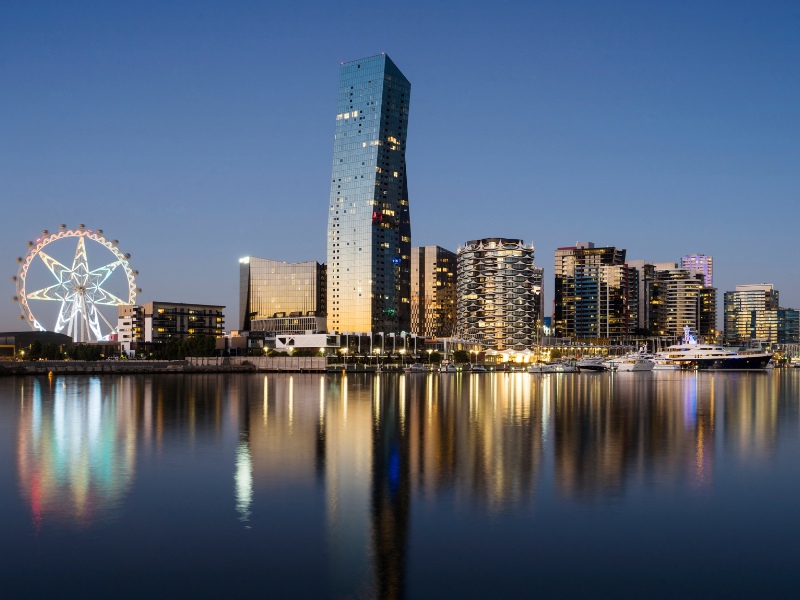

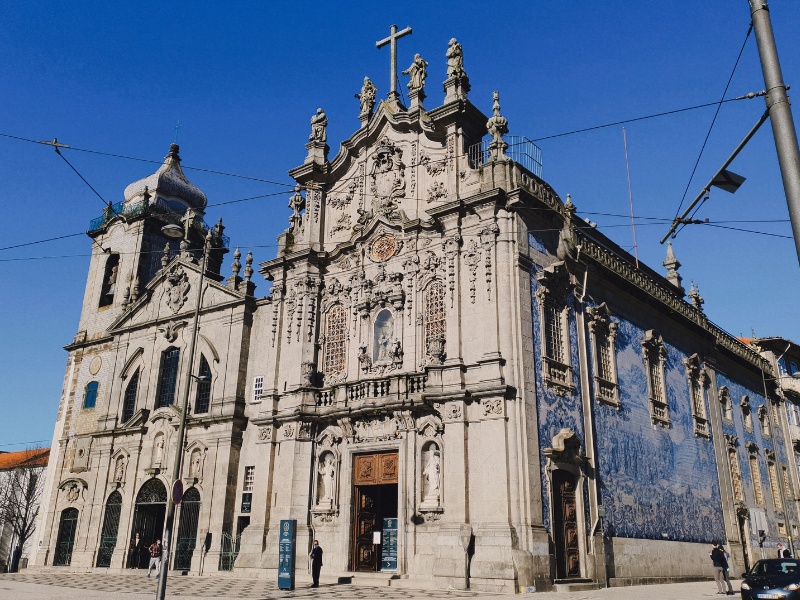
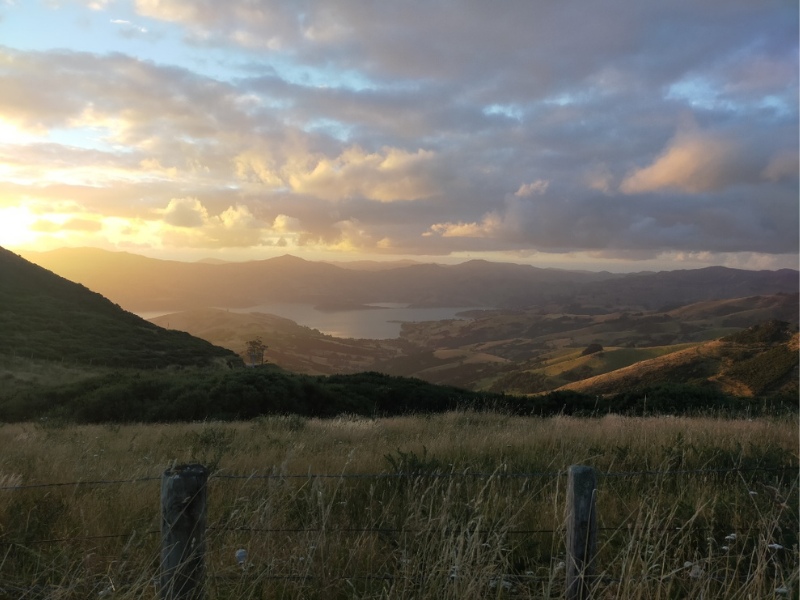
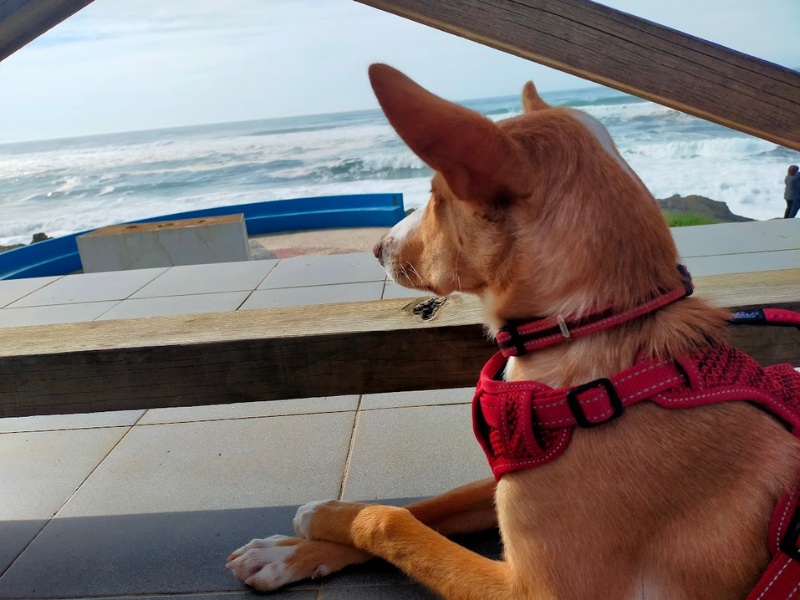

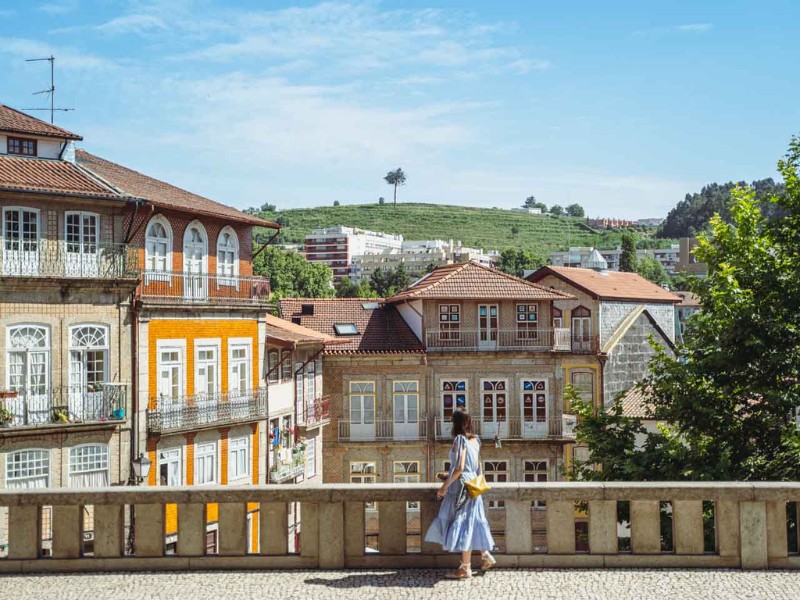
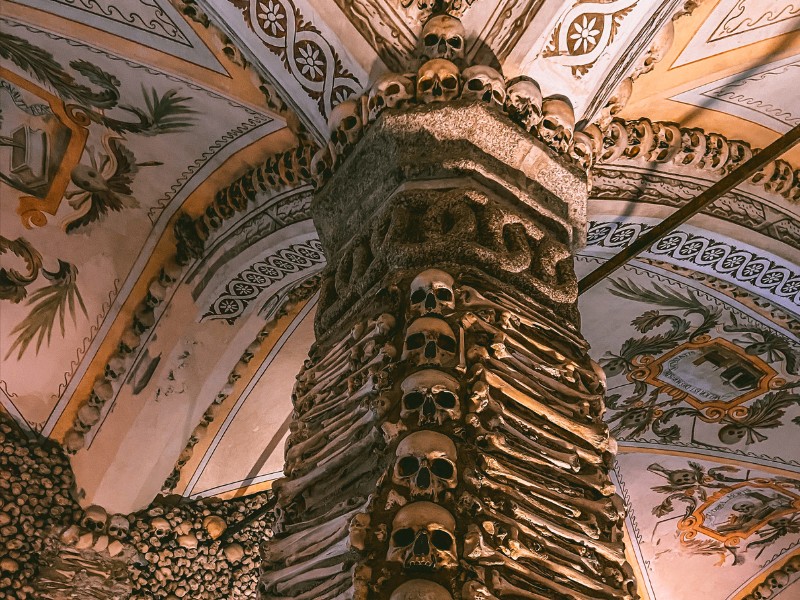
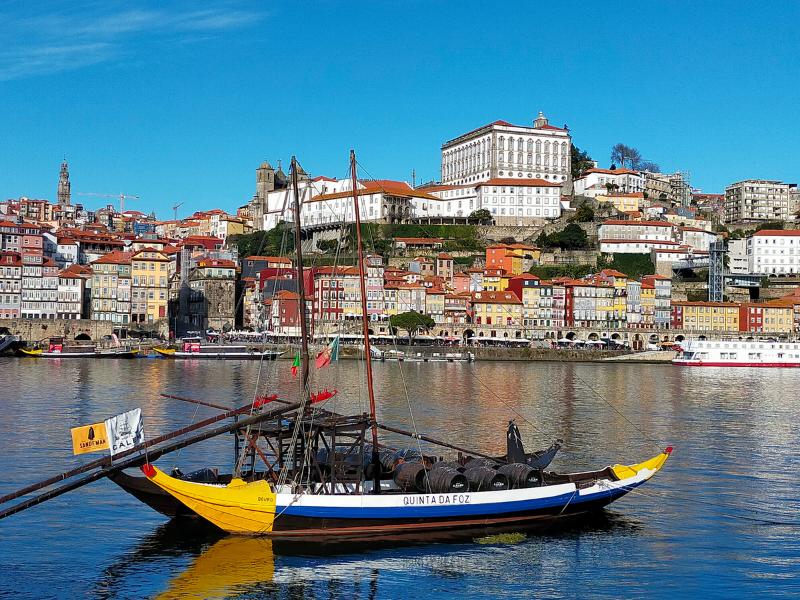
Stay up to date!